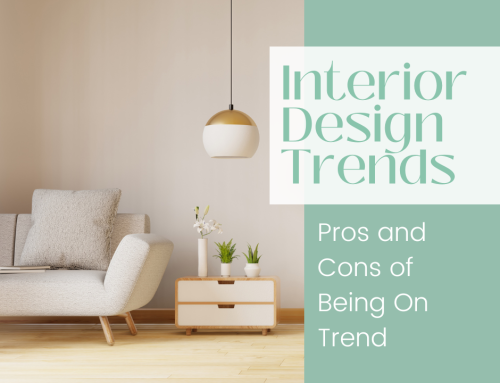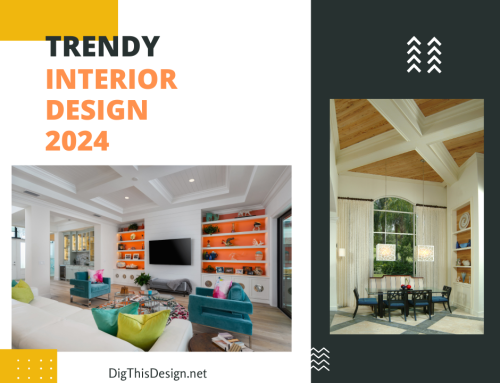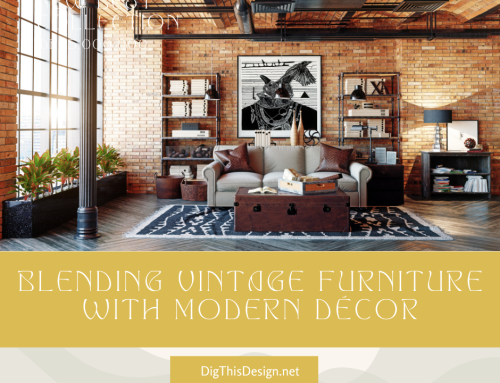If you are wanting to design a restaurant correctly it is important to understand the basics. Whether you’re remodeling your existing restaurant or opening a brand new eatery, the design choices you make can have an impact on your bottom line. Here’s how to create the right vibe to entice guests to frequent your establishment.
Design A Restaurant Correctly Using The Basics
urniture
To make sure your guests enjoy the time they spend in your restaurant, choosing the right tables and chairs matters more than you think. Having comfortable restaurant furniture encourages people to linger, meaning they’ll be more likely to order multiple courses instead of gulping down their mains and bolting for the door.
Purchase tables in a variety of different sizes so you can accommodate any type of party, from couples to large groups, without making anyone feel cramped. While upholstered chairs may not fit with your overall aesthetic, be sure to provide cushioning with pads or bolsters so guests sit comfortably.
Remember that seating with backs is more pleasant to sit in for long stretches; although they save room, backless stools are best used in quick-serve settings. Be sure to give thought to where you place your furniture. Guests don’t want to feel like they’re running an obstacle course or playing a game of bumper pool as they take their seats or head to the restroom.
Color Scheme
When you want to design a restaurant, color can be a surprising factor when influencing customer decision-making; there’s proven psychology behind choosing a scheme that positively impacts your business. For instance, red has been shown to increase peoples’ appetites, which is why it’s featured in fast food design schemes. If you’re running a take-out restaurant, red is a great option for enticing folks.
Featuring shades of green and brown sends a message of healthfulness and could be a good choice. Especially if you want to emphasize the natural quality of your offerings. Conversely, some people crave sweets in a setting incorporating bright orange. Interestingly, blue is a color that most restaurants should avoid, as it has few natural food associations. Blue can even make food appear less appetizing.
Lighting
Don’t overlook the importance of lighting in decorating your dining area. While bright illumination may attract passersby, be sure to keep the tone warm, as cold lighting can make your space feel unwelcoming.
Table lighting should be bright enough so customers don’t struggle to read your menu, but subdued enough so no one feels like a spotlight is shining on them. Using a dimmer system can better enable you to control your illumination depending on the time of day, the weather conditions, and how close your tables are to natural light sources like windows or skylights. Dimmers can also improve efficiency and lower your electricity bill.
While there’s much more to consider when designing a restaurant. Pay attention to your furniture, color, and lighting choices ensuring guests are drawn to your establishment. Before you lock in your options, be sure that every decision you make will enhance your customers’ enjoyment.
Other Post You Might Enjoy:
Popular Kitchen Designs | Modern Home Trends 2022
7 Ways to Make Your Room Look More Expensive!





